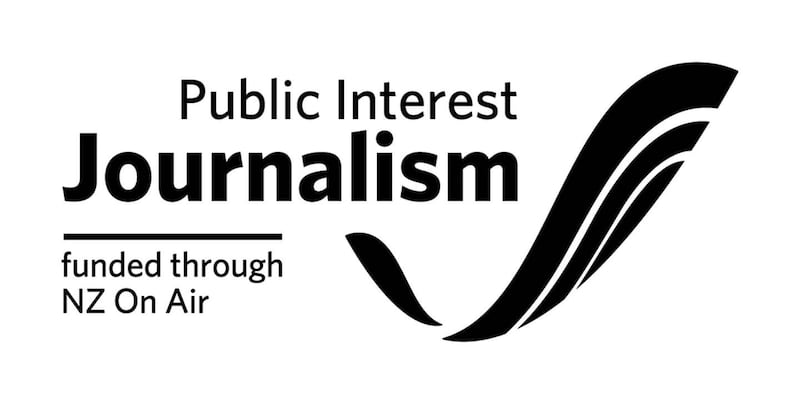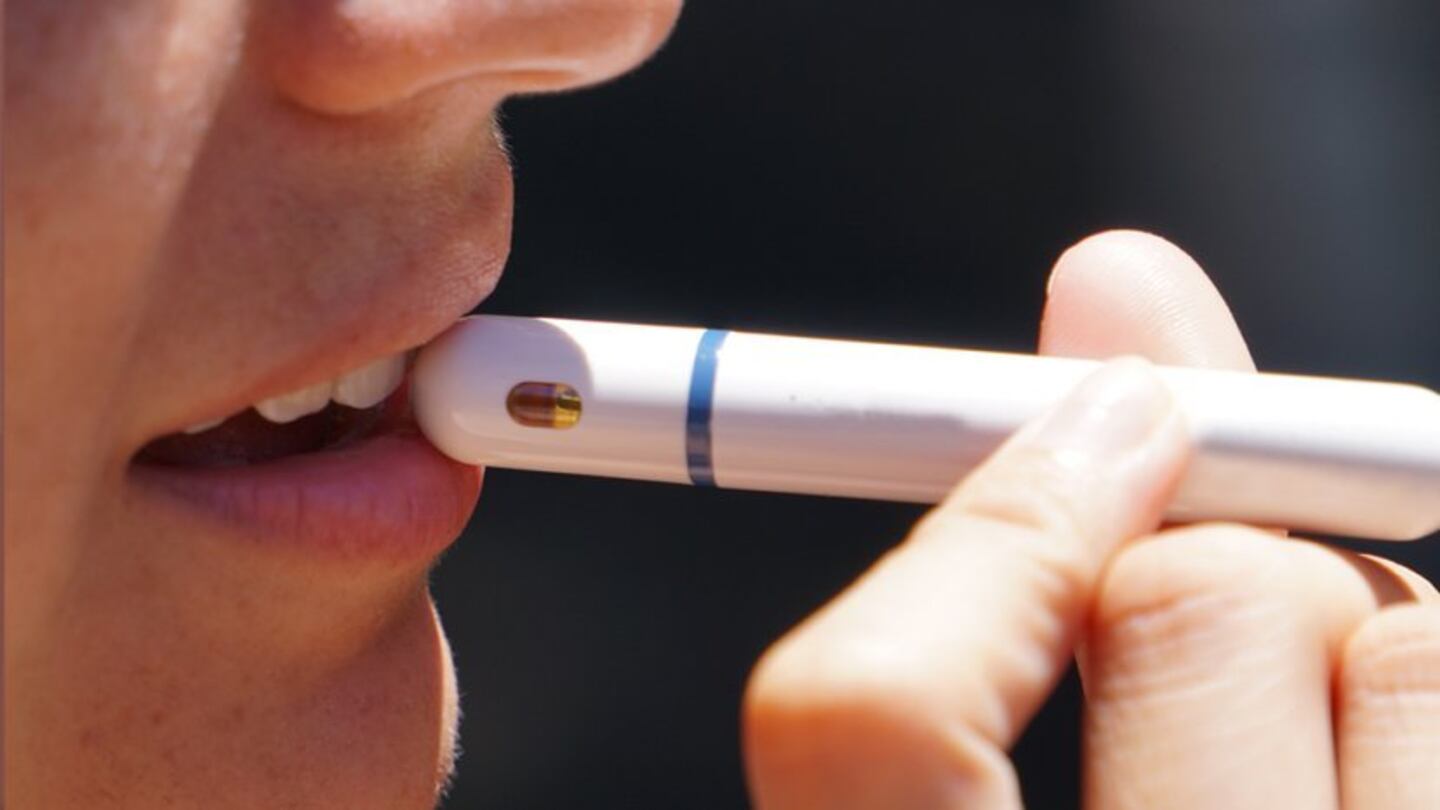A survey carried out by Action on Smoking and Health (ASH) last year found regular smoking rates have decreased as vape use increases.
Te Whatu Ora funded a group of rangatahi called the Hā Collective which, after a year of surveys and talking with rangatahi, parents, and teachers in their community, created a campaign, called Protect Your Breath, designed to give the power back to young people to look after their health and the health of others.
The campaign starts with targeted digital advertising and develops over two years to spread health information, engage senses, spark debate, and urge young people to think about the effects of vaping on themselves and their communities.
Through an anonymous school survey completed earlier this year, students were asked about their environment, what was causing stress, how they coped with it and who they turned to for advice.
The survey also explored vaping habits, attitudes towards vaping and how outside influences such as media and parents had handled conversations about the issue.
Tobias Eruera Horsfield and Mairangi Campbell, both from the Hā Collective, found a big concern was the “predatory nature” of lenders in communities.
Can the damage from vaping for rangatahi be reversed?
Popup vape stores near marae
“One respondent said that even near marae and during tangihanga, there were vape shops just popping up stores, selling and distributing vapes,” Horsfield says.
Campbell says that, from the survey, rangatahi are looking to follow in their whānau’s footsteps when it comes to vaping.
Some critical findings included vaping serving as a coping mechanism for some, easy access and shareable among friends, and seen as a ‘phase’ for rangatahi.
“Just today we started a new campaign just to start conversations between parents and children about how vaping is impacting their relationship. The whole point of it is to create non-judgmental conversations between both groups.
“In two years’ time we’re also looking to create more immersive experiences so it can be a better learning experience for everyone,” Horsfield says.


